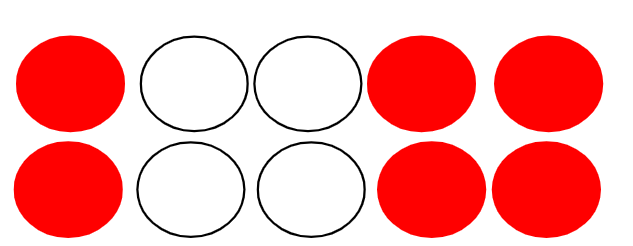Myths about teaching can hold you back
- Year 1
Understanding part-part-whole relationships
I can understand the relationship between equations, part-part-whole models and problems they represent.
- Year 1
Understanding part-part-whole relationships
I can understand the relationship between equations, part-part-whole models and problems they represent.
These resources were made for remote use during the pandemic, not classroom teaching.
Switch to our new teaching resources now - designed by teachers and leading subject experts, and tested in classrooms.
Lesson details
Key learning points
- Drawing a part-part-whole model can help you to understand a mathematical story or equation.
- Moving counters or cubes within a part-part-whole model can help you to understand a mathematical story or equation.
- Describing a problem or equation can help you understand it.
- You can tell a story to represent an equation or completed part-part-whole model.
Keywords
Equation - An equation says that two things are equal. It will have an equal sign ( = ) and the expression on either side will have the same value.
Part-part-whole model - This shows how the whole can be partitioned into parts and recombined. It demonstrates the equality between the parts and the whole.
Common misconception
When using part-part-whole models, children may put counters in the parts and whole simultaneously.
Work practically, moving counters to show we can partition the whole into parts and recombine the parts to make the whole again.
To help you plan your year 1 maths lesson on: Understanding part-part-whole relationships, download all teaching resources for free and adapt to suit your pupils' needs...
To help you plan your year 1 maths lesson on: Understanding part-part-whole relationships, download all teaching resources for free and adapt to suit your pupils' needs.
The starter quiz will activate and check your pupils' prior knowledge, with versions available both with and without answers in PDF format.
We use learning cycles to break down learning into key concepts or ideas linked to the learning outcome. Each learning cycle features explanations with checks for understanding and practice tasks with feedback. All of this is found in our slide decks, ready for you to download and edit. The practice tasks are also available as printable worksheets and some lessons have additional materials with extra material you might need for teaching the lesson.
The assessment exit quiz will test your pupils' understanding of the key learning points.
Our video is a tool for planning, showing how other teachers might teach the lesson, offering helpful tips, modelled explanations and inspiration for your own delivery in the classroom. Plus, you can set it as homework or revision for pupils and keep their learning on track by sharing an online pupil version of this lesson.
Explore more key stage 1 maths lessons from the Additive structures: addition unit, dive into the full primary maths curriculum, or learn more about lesson planning.

Equipment
Licence
Prior knowledge starter quiz
6 Questions
Q1.Use the part-part-whole model to complete the sentence. is the whole.
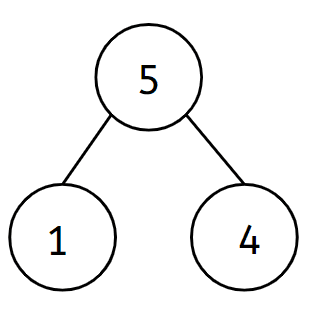
Q2.Look at the equation. Which of these equations are represented by the part-part-whole model.
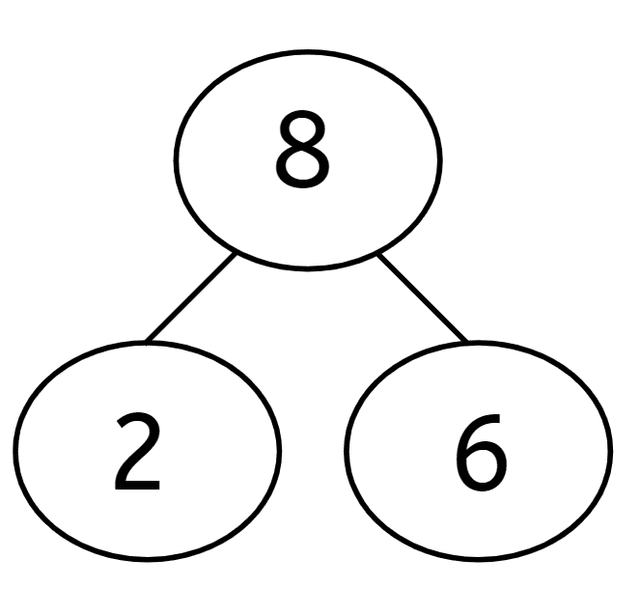
Q3.Jacob partitions a set of objects into two parts. Which picture is represented by this equation? 6 = 4 + 2
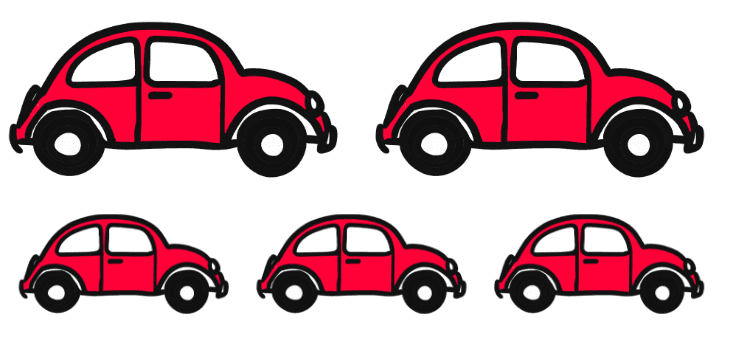
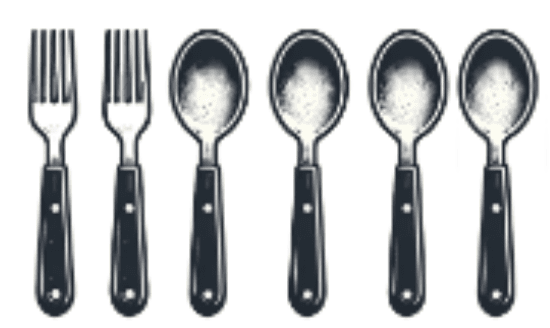

Q4.Which number represents the whole in this picture?
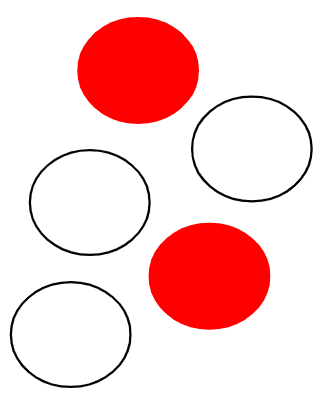
Q5.Match each equation to the one that could represent the same picture.
9 + 1 = 10
3 + 7 = 10
9 = 1 + 8
Q6.Sofia writes four equations to match a picture. 6 = 4 + 2 4 + 2 = 6 2 + 4 = 6 6 = 2 + 4 Which picture could they match?
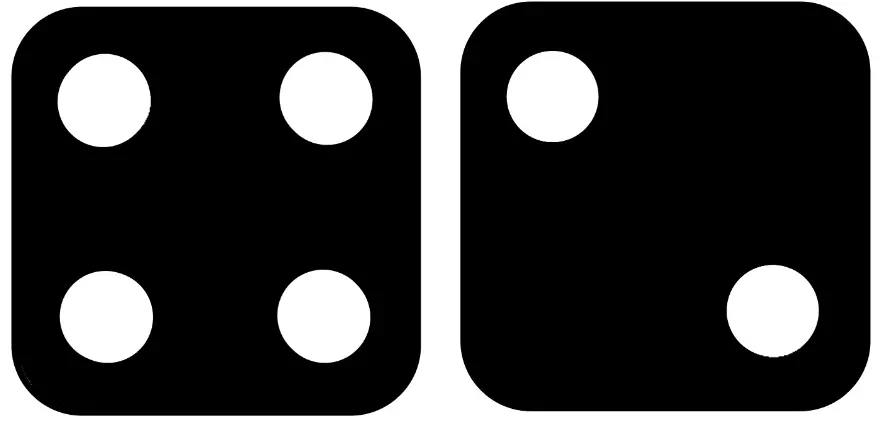
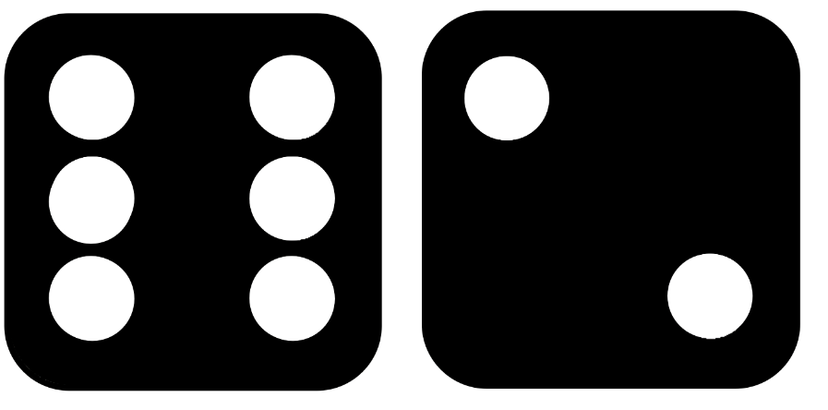
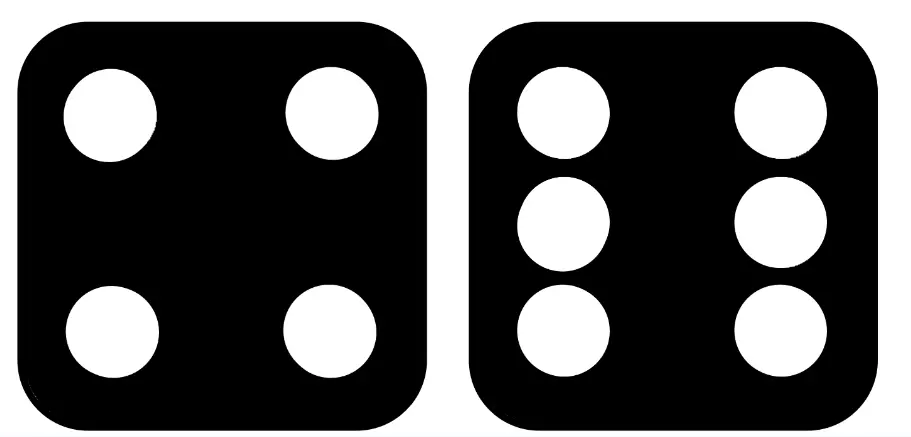
Assessment exit quiz
6 Questions
Q1.Which part-part-whole model represents the picture?
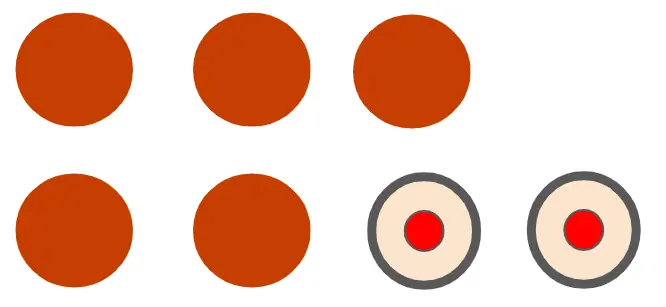
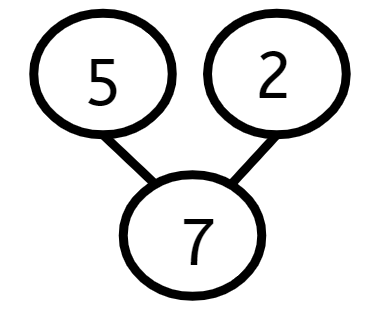
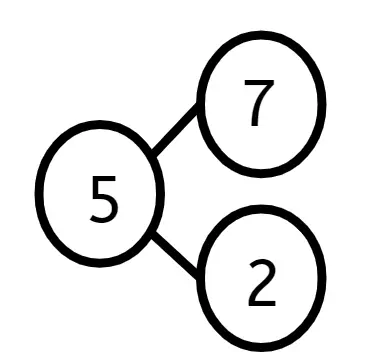
Q2.Which picture shows partitioning of 7?
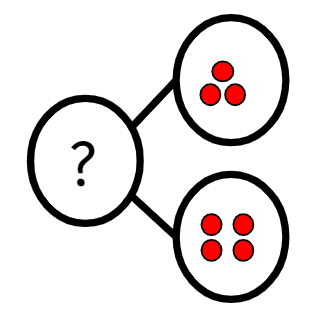
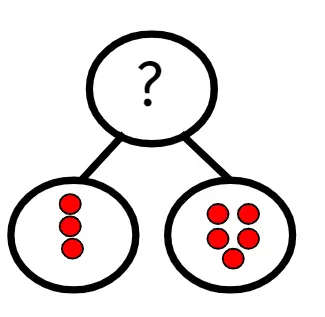
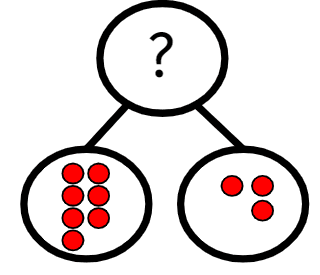
Q3.Write an equation to represent this part-part-whole model. Do not use spaces.
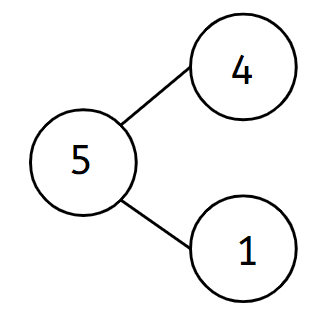
Q4.Which equations represent this picture? Tick two.

Q5.I have 5 pennies altogether. There are 3 pennies in my pocket and 2 pennies in my hand. Which equation would represent this?
Q6.Which story could these counters represent?
